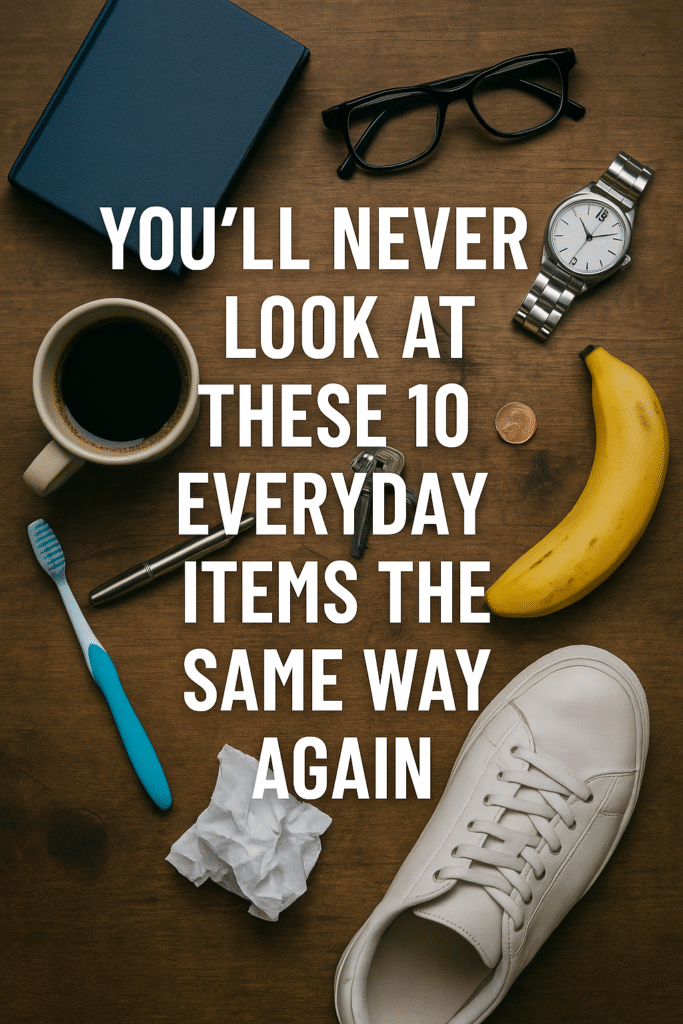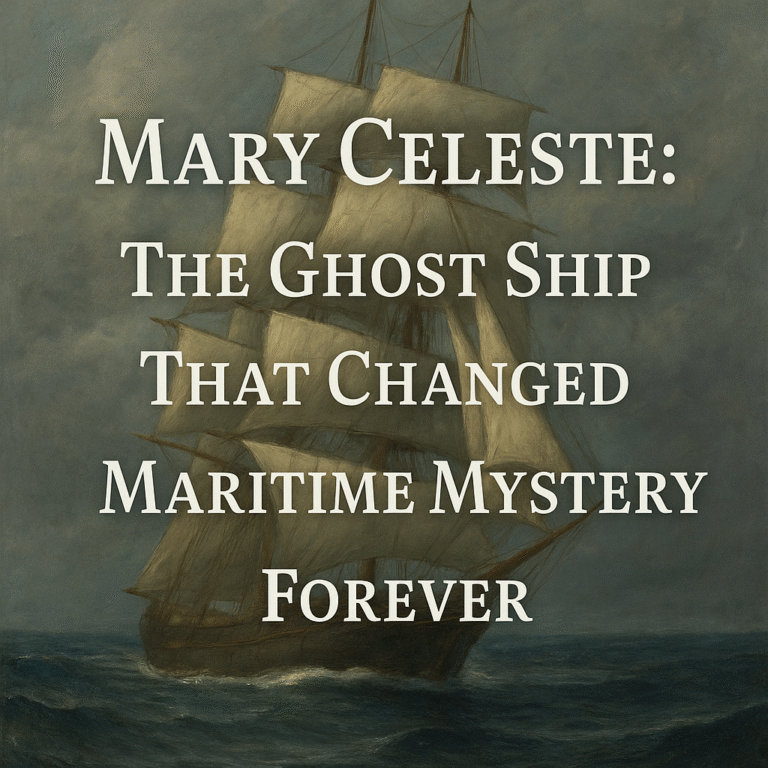
Have you ever stopped to think about how the simplest items in your home came to be? Many of the objects we use daily have surprising, even quirky, histories. From accidental inventions to ancient origins, here’s a look at ten everyday things that have more fascinating stories than you might expect.
1. Toothbrush
The modern toothbrush can be traced back to 15th-century China, where bristles were made from boar hair and attached to bamboo or bone handles. The idea eventually made its way to Europe, and by the 20th century, nylon bristles revolutionized oral hygiene. Now a morning ritual, the toothbrush has humble beginnings rooted in ancient ingenuity.
2. Tea Bags
In 1908, American tea importer Thomas Sullivan accidentally invented tea bags when he sent samples in silk pouches. Customers misunderstood and dunked the bags directly in water. The idea caught on, and soon the world had a more convenient way to enjoy a timeless beverage.
3. Zippers
Originally developed as a boot fastener by Whitcomb Judson in the 1890s, the zipper didn’t catch on until the 1910s when it was refined for use in clothing. It became widely popular after being used in military gear during World War I. Today, it’s hard to imagine a world without this simple yet essential fastening device.
4. Bubble Wrap
Invented in 1957 by engineers Alfred Fielding and Marc Chavannes, bubble wrap was initially intended to be wallpaper. When that idea failed, they discovered it worked perfectly as protective packaging. Now, it’s a staple in shipping — and a favorite for stress relief!
5. Microwave Oven
The microwave oven was invented by accident in 1945 by engineer Percy Spencer, who noticed a candy bar in his pocket had melted while working near a magnetron. This happy accident gave rise to one of the most convenient kitchen appliances in history.
6. Velcro
Swiss engineer George de Mestral came up with Velcro in 1941 after observing how burrs clung to his dog’s fur. He mimicked the hook-and-loop mechanism and eventually developed a fastening system that is now used in everything from shoes to spacecraft.
7. Post-it Notes
In the 1970s, 3M scientist Spencer Silver created a low-tack, reusable adhesive while trying to make a strong one. His colleague Art Fry realized its potential for bookmarking hymns in his church choir book. The result? Post-it Notes revolutionized how we leave reminders and messages.
8. Q-tips
In 1923, Leo Gerstenzang observed his wife using cotton on a toothpick to clean their baby’s ears. He designed a safer alternative, dubbing them “Baby Gays” before rebranding as Q-tips. They quickly became a staple in bathrooms around the world.
9. Paperclips
While paperclips are simple, they became a symbol of resistance in World War II Norway. Norwegians wore them to show unity and defiance against Nazi occupation. That humble piece of bent wire carries a legacy of quiet rebellion.
10. Umbrellas
Used in ancient civilizations like Egypt and China primarily for sun protection, umbrellas evolved into rain gear in 18th-century Europe. Initially considered feminine, it took time before umbrellas were accepted for everyday use by men. Today, they are both functional and fashionable.
🌐 Final Thoughts
Every object has a story, and sometimes those stories are more fascinating than the items themselves. These small but mighty inventions show how creativity, chance, and necessity have shaped the way we live.
Stay curious. Who knows what hidden history is lying in your kitchen drawer or office desk?
Discover more intriguing stories and historical insights at TimePinned.com








